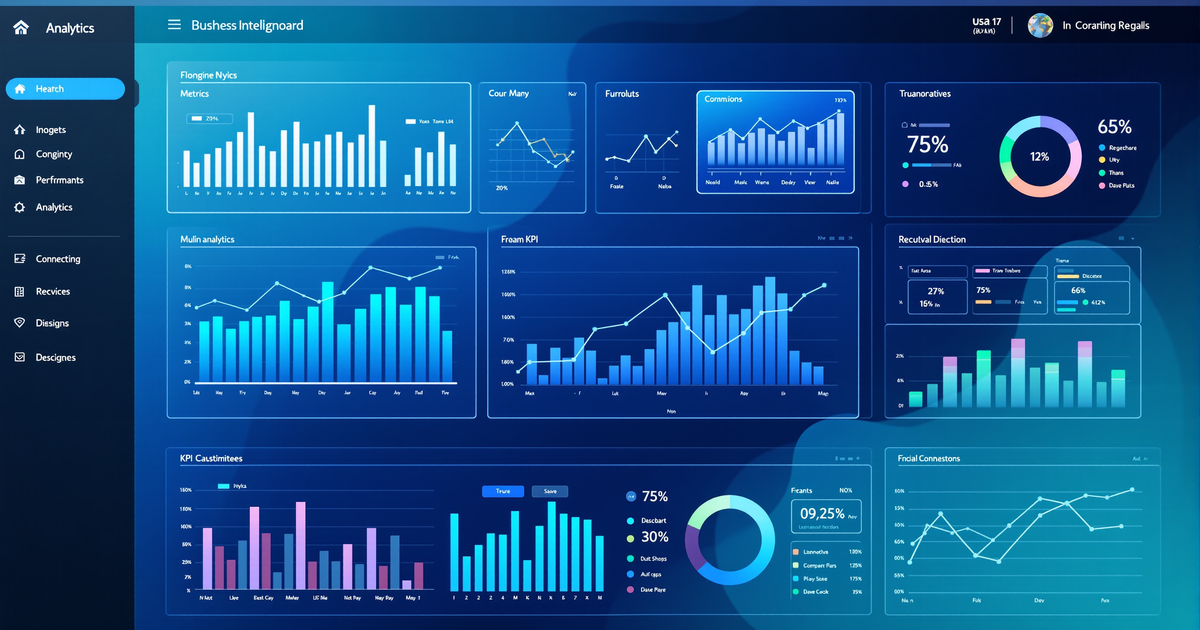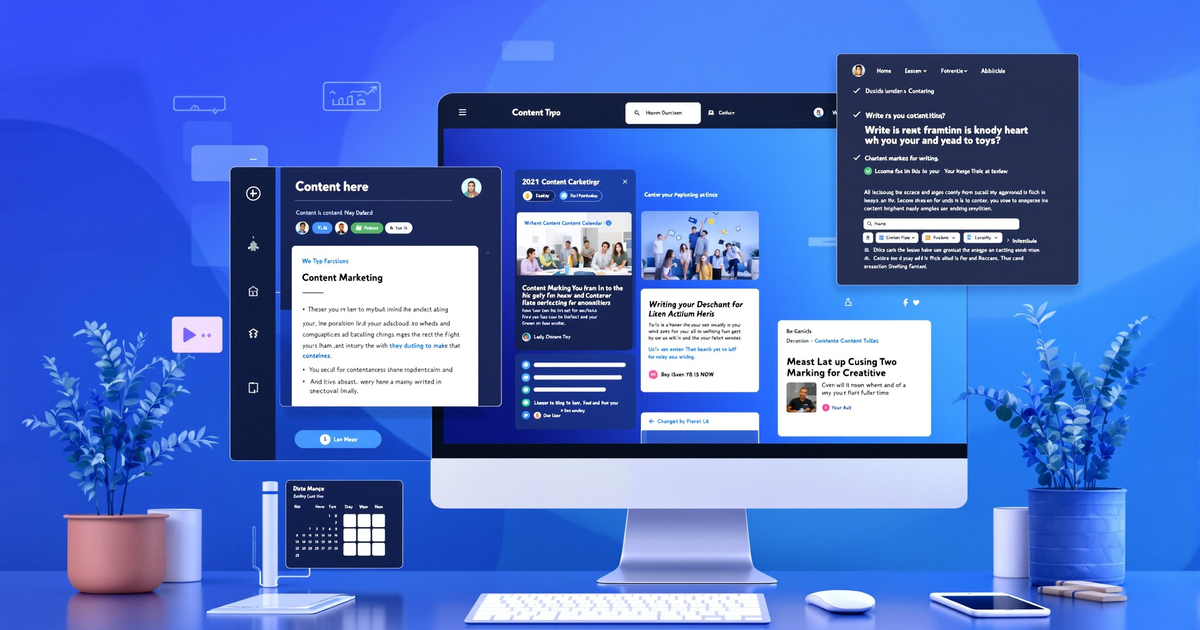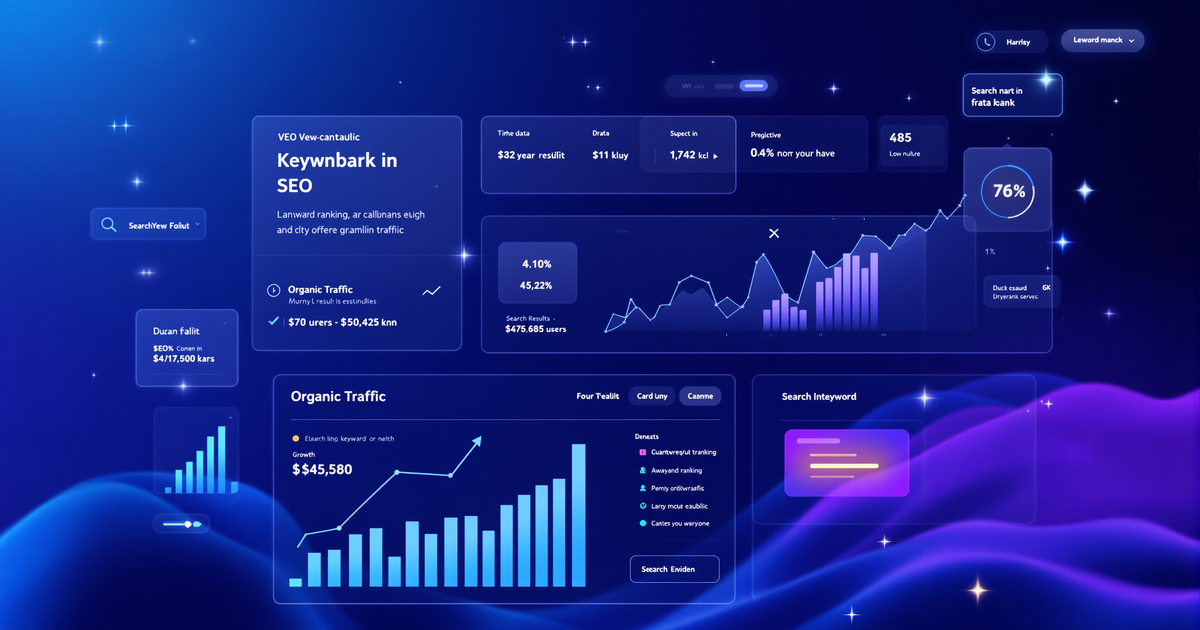The Surprising Truth: Billions of Youth Exposed Despite Social Media Tobacco Bans
Did you know that in 2024, content promoting e-cigarettes, nicotine pouches, and heated tobacco products racked up over 3.4 billion views on social media—much of it seen by teens and young adults? Despite sweeping restrictions, tobacco marketing is alive, evolving, and often hidden in plain sight.
As a business owner, marketer, or entrepreneur, understanding social media restrictions on tobacco branding is not just a regulatory issue—it's a lesson in how digital policy, platform enforcement, and creative marketing collide in real time.
Why This Matters: The High Stakes of Social Media Restrictions
- Tobacco use remains the world’s leading cause of preventable death, and the fight for the next generation of consumers is being waged online.
- Regulators and social media platforms are under intense pressure to curb youth exposure to tobacco marketing, but enforcement is inconsistent and the rules are always shifting.
- Marketers outside the tobacco sector can learn from these battles: the ways brands adapt to restrictions offer crucial insights into compliant, creative digital strategies for any tightly regulated industry.
The Current Landscape: What Restrictions Exist?
Most major social media platforms—including Facebook, Instagram, TikTok, Pinterest, Reddit, Snapchat, Twitter (now X), and YouTube—have formal prohibitions on paid tobacco advertising:
- Paid Ads: Prohibited for tobacco products across nearly all platforms.
- Influencer Marketing: Banned in policy, but enforcement is weak and violations are rampant, especially for e-cigarettes.
- Branded Pages and Accounts: Technically allowed, but must avoid direct sales or underage targeting.
- Tobacco Sales: Direct sales are banned; age-gating is required (though often easy to bypass).
| Platform | Paid Ads Banned | Influencer Content Banned | Direct Sales Banned | Age Gating Required |
|---|---|---|---|---|
| Yes | Yes | Yes | Yes | |
| Yes | Yes | Yes | Yes | |
| TikTok | Yes | Yes | Yes | Limited |
| YouTube | Yes | Some | Yes | Yes |
| Twitter/X | Yes | Some | No | Some |
The Tobacco Industry’s Playbook: How Brands Evade the Ban
Despite the rules, tobacco companies have mastered a four-pronged strategy for digital promotion:
- Social Influencer Content: Brands pay both micro- and mega-influencers—often covertly—to feature products, trends, or parties, masking ads as authentic content.
- Viral Parties & Events: Brands sponsor real-world events with heavy social media tie-ins, encouraging attendees to post photos, tag locations, and use branded hashtags.
- Contests & Giveaways: Social contests ("Win a trip to Monaco!") incentivize user-generated content and organic sharing, blurring the line between marketing and community activity.
- Branded Pages & Hashtags: Official brand accounts and trending hashtags keep products top-of-mind—even when direct sales links are absent.
Case in Point:
In 2023–2024, reports found that nearly 90% of tobacco-branded Instagram posts violated youth marketing or advertising guidelines, yet remained online, garnering millions of views.
In Indonesia, with minimal e-cigarette regulation, brands leveraged Instagram and TikTok to embed themselves in youth culture with "vape tricks" and influencer partnerships.
Enforcement Gaps: The Weak Link
- Platform Enforcement is Patchy: While Meta (Facebook/Instagram) announced bans on tobacco influencer content in 2019, reports show widespread non-compliance and weak moderation.
- Algorithmic Blind Spots: AI-based moderation misses nuanced or coded content, especially when influencers avoid direct product mentions or use lifestyle imagery.
- International Loopholes: Enforcement varies by country; what’s banned in the US might be overlooked elsewhere—especially on platforms with limited local regulation.
The result: Tobacco brands reach millions of young people, often in violation of both platform policy and national law.
The Broader Impact: Why All Marketers Should Pay Attention
- Regulatory Precedents: The fight against tobacco marketing sets the template for how other controversial or regulated sectors (think cannabis, alcohol, gambling, and even supplements) are policed online.
- Brand Reputation Risks: Companies that skirt or ignore platform rules risk not only fines but also reputational damage and loss of consumer trust.
- New Best Practices: The creative tactics used to bypass bans reveal both the limits and opportunities of influencer, event, and UGC marketing under heavy scrutiny.
Actionable Insights: Strategies for Compliant, Effective Social Media Marketing
- Audit Your Content and Partnerships
Review all influencer contracts—even for non-tobacco brands—to ensure compliance with platform and local regulations. Use third-party tools to monitor how your brand is mentioned or tagged by users and influencers. - Prioritize Transparency and Disclosure
Require clear #ad or #sponsored tags on any paid influencer content. Educate your partners about the risks of non-compliance. - Embrace Age-Gating and Verification
Use robust age-verification tools on landing pages linked from social media. Limit ad targeting to verified adult audiences. - Focus on Lifestyle Content—But Responsibly
Showcase your brand’s values and lifestyle without directly glamorizing risky or controversial behaviors. Partner with creators who share your commitment to ethical marketing. - Stay Updated on Platform Policies
Assign someone on your team to monitor changes in social media ad policies, as these can change rapidly and with little notice. - Support Counter-Marketing and Education
Consider supporting or sharing credible public health campaigns that educate users about product risks, building goodwill and trust. - Prepare for Algorithmic Enforcement
As AI moderation improves, expect stricter enforcement—plan campaigns with this in mind, avoiding gray areas and coded language.
What’s Next? Trends to Watch in 2025 and Beyond
- Algorithmic Moderation Will Get Smarter: Platforms are investing in better detection of covert marketing, including influencer partnerships and coded language.
- Global Harmonization of Rules: Expect more countries to align with World Health Organization (WHO) recommendations and the Framework Convention on Tobacco Control (FCTC) on digital marketing enforcement.
- Rise of Counter-Marketing: Cities like Rio and New York are running viral, youth-driven campaigns to counteract tobacco marketing—often with massive organic reach.
- Industry Pushback: Tobacco brands will keep evolving, using new platforms (e.g., private Discord groups, encrypted messaging apps) and tactics to stay ahead of restrictions.
Visual: Social Media Tobacco Branding at a Glance
- Infographic Idea:
- Pie chart: % of youth exposed to tobacco marketing on each major platform
- Timeline: Major policy changes from 2019–2025
- Callout: Example of influencer post vs. compliant counter-marketing post
Ready to Future-Proof Your Marketing?
Don’t let hidden risks stall your growth.
Visit our free 3-minute marketing assessment to find out EXACTLY what’s missing in your marketing strategy. Get a custom growth plan—fast, free, and tailored to the latest digital trends!
Stay smart, stay compliant, and leverage the lessons of tobacco branding to elevate your own digital strategy—no matter the industry.



